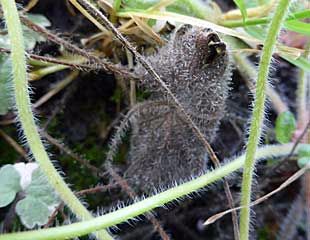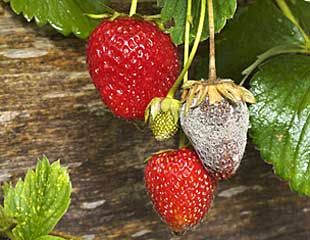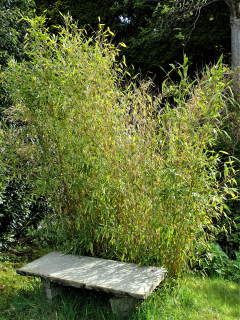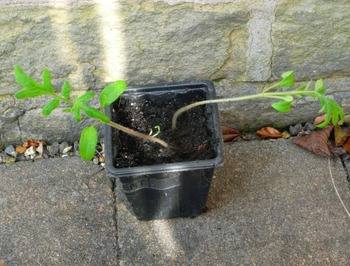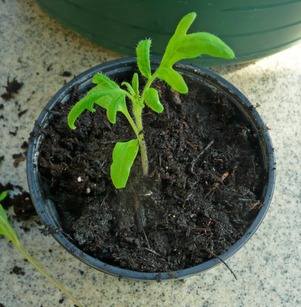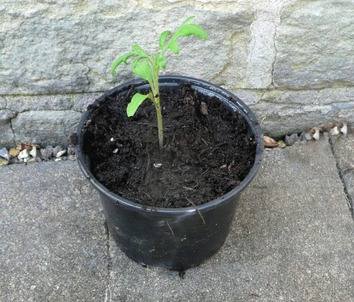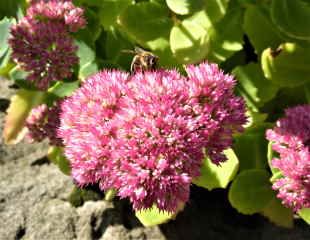|
It may be early in the year, but already gardening thoughts are turning to seed sowing. Some seeds, noteably Chillies, need a long growing season and are often started early in the year, usually when light levels are low and on a windowsel. The resultant leggy seedling is a common problem.
Leggy seedlings are caused by uneven light. Perfect plants purchased from garden centres are germinated and grown in ideal conditions, just the right amount of heat and humidity, and critically, all round light, that is 360°. As the plant grows it gets all round light and develops a straight study stem.
Most gardeners have less than perfect conditions and germinate seeds on window sills and warm spots in the house where the light is predominately from one side which causes the seedling to pull to the light. Combined with low light levels, as is often the case early in the year, and the seedling stretches to the light and looks "leggy", or weedy. The image below left are my tomato seedlings with just that problem.
You can reduce the chances of the seedling becoming leggy by germinating in the best light conditions. Also, turn the pot every couple of days so the light is not constantly on one side of the seedling.
But what if you have done this and still got a weedy seedling? Solution below and also watch the short video The Sunday Gardener What To Do About a Leggy Seedling.
The solution lies in how you pot on the seedling. To pot on, ease the plug out of the pot from the base, and pull the seedlings apart gently (as in image two.) Avoid touching the stems which are very delicate and if damaged the plant may not recover; handle carefully and hold by the leaves.
Select a suitable pot but not too large. It's tempting to put the seedling into a larger pot to save time. When potting on it is important to pot up only a slightly larger container. If you put a small seedling (or any small plant ) into a large pot it will not thrive.
When you put the seedling into the pot sink it well below soil level, you are in effect burying part of the leggy stem under the soil. Instead of potting on at soil level, reduce the amount of leggy seedling above soil, and you will find it grows on as a much better seedling it's leggy past forgotten. Images centre and right show the same tomato seedling after it has been potted on with several cms of (leggy) stem below soil level. As you can see from the image the seedling looks good and this tip works well to compensate for the problem with all types of leggy seedlings.
More about leggy seedlings
The sunday gardener has over 200 pages of gardening information which you can search.
|

